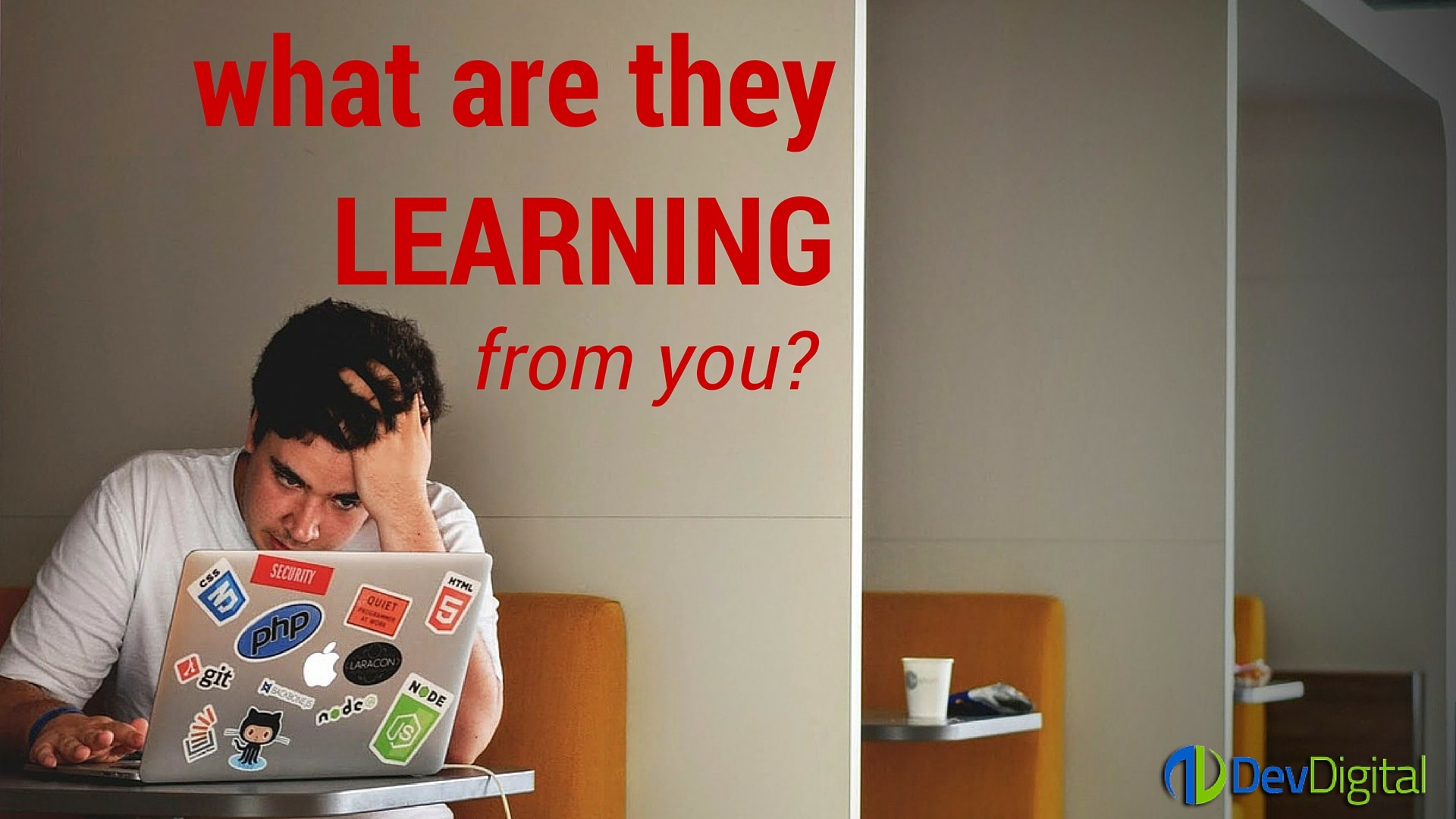Blog
What Are They Learning From You?
March 21, 2016
Posted by: Mitch Ballard
Let’s take a typical consumer’s journey onto a website that they found through searching for topics of interest. Let’s assume the site they found was either the result of a referral by someone, or findings from the search, which were the result of high rankings or paid search ads. The consumer “learned” about the site from three sources. So, the first part of the journey was “finding something of relevance” through web searches which happens more than 3.5 billion times a day.
Point #1: If they can’t find you they don’t have the opportunity to learn anything from you.
Once the consumer journey begins at your website, visitors have to be able to quickly find what they are looking for. One has to assume that what they were looking for has something to do with what they were searching for. So, if the key words used to tag the site brought people to the site. Now, the obvious thing they need to learn is, “What is the value you offer?” In other words, the consumer needs to have a clear sense as to what it is you can offer them—and it needs to be communicated succinctly.
Point 2: Could a fifth grader learn and understand what it is you offer and what value they would get from using it?
Now, let’s say the consumer was able to quickly find out what you do and how it adds value—the natural human response would be to wonder how well do you do what you say you do. The best way for your website visitors to learn that answer is through third party testimonies.
Point #3: Do you have credible testimonials from existing customers that support what you say?
Now that you’ve covered the basics of the initial journey, the consumer will decide to either make contact to initiate a possible relationship, or investigate your business further. Either way, your site should provide a smooth and easy learning experience for either choice.
If they decide they want to make contact then you need to ensure the following:
1. The contact form on your website should be concise and easy to fill out. There’s no need for a stream of questions that you will have to go over again, so a simple form that asks for the potential client’s name, email address, and phone number should suffice. Providing a Google map with an indicator of your location is also considered a valuable “learning” opportunity. At the base of that map you can add your physical address and phone number.
2. These days, everyone is accustomed to immediacy, so the easier (and faster) you can allow potential clients to get in touch with you, the better. One of the best ways to do this is by providing immediate access via instant message applications, such as Skype, which can easily be embedded into your site’s contact form, and linked to a support persons account.
If they decide to investigate your business further then you might consider adding the following reference information to the site:
1. A blog to highlight your thinking on subjects relevant to your business.
2. A link to a company Facebook or LinkedIn page—but if you do this, you need to make sure that you have current content on there. You don’t want it to look like a social media ghost town!
3. Articles or white papers from third parties that are applicable to the subject of your site.
4. Employee page and employee testimonials. 5. A history of your company, its mission, and its purpose statement.
Point 4: Provide the consumer with easy navigation options, allowing them to learn more about meaningful topics that matter to their belief in your abilities.
Learning is defined as knowledge acquired through experience, study, or being taught. The web, and what we discover by using it, is a new learning process for all of us. We just have to remember it isn’t your journey—it’s the customers, so make it as easy as possible and ensure the experience is trustworthy.
